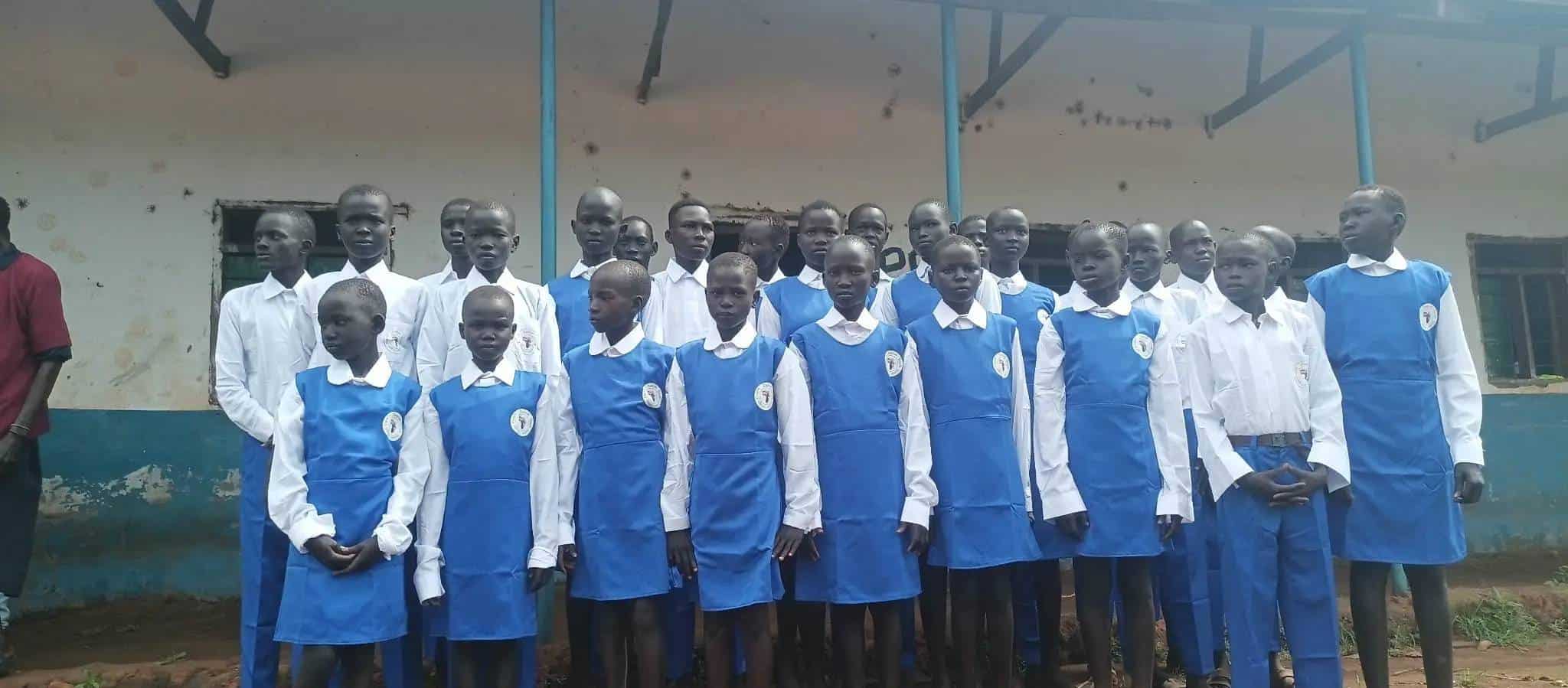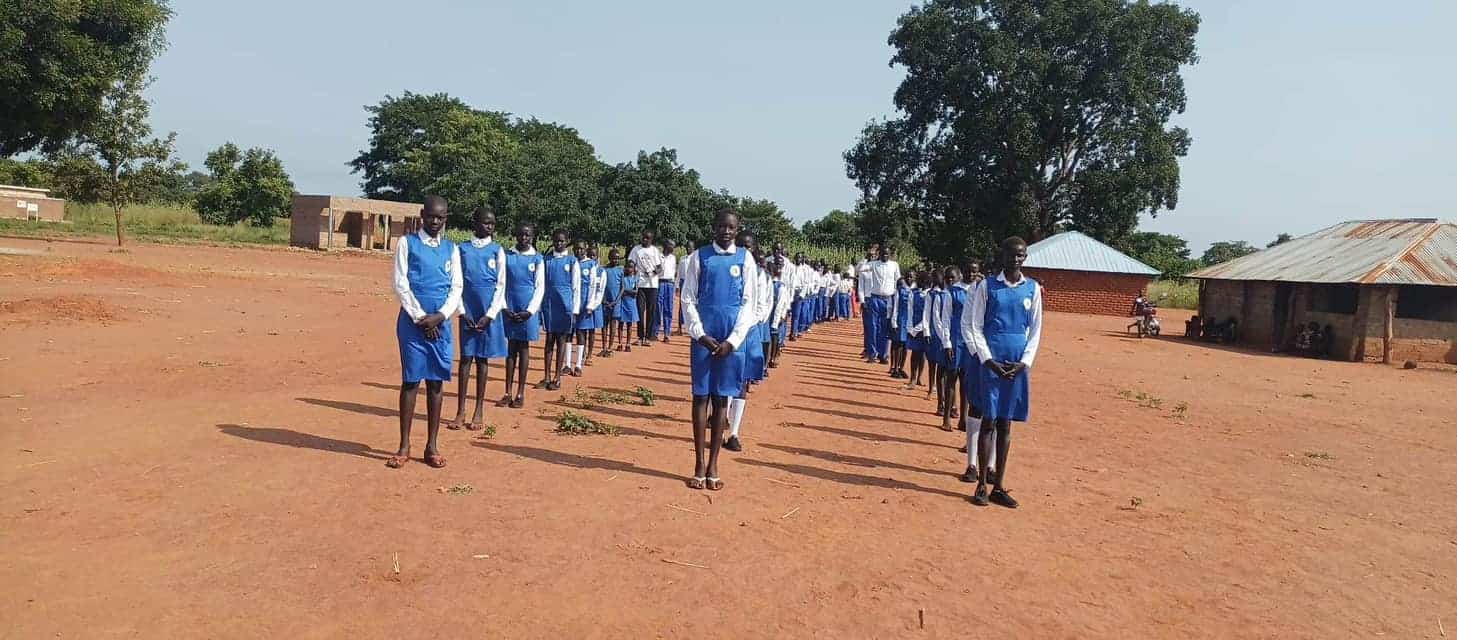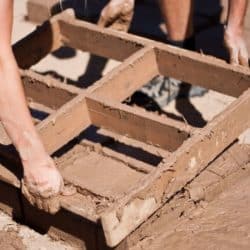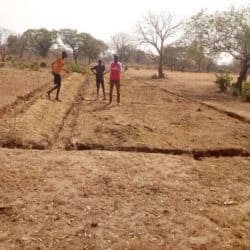South Sudan has the second lowest level of primary school enrollment in the world and the lowest level of secondary school enrollment. It is estimated that more than one million primary school aged children are not in school. What schools that do exist are not conducive to learning. Low rates of primary school completion endanger the health and future of the next generation – especially for women.
According to the CIA World Factbook, the literacy rate for all South Sudan is 27%, with about 40% of males able to read, but only 13% of women. Currently, school in Majok-Chedhiop is conducted in the shade of a tree, with one teacher, few supplies, and able to serve only a few young children. A shortage of books, along with overcrowding in classrooms about 40-60 students per one classroom, overcrowding in classrooms has led to many youngsters failing to complete their primary education. Sometimes up to 10 students might have to use the same book. Compounding the problem, teachers are few and often under-trained. Children lucky enough to be in school learn very little.







